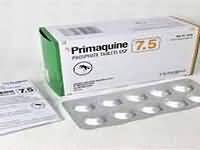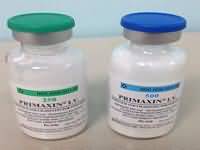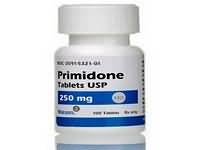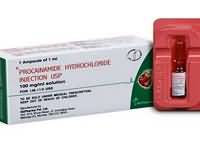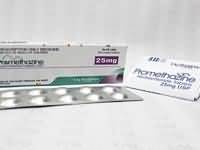Capreomycin
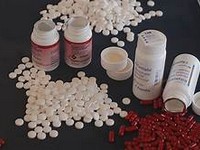
Capreomycin
CLINICAL USE
Antibacterial agent in combination with other drugs:DOSE IN NORMAL RENAL FUNCTION
Deep IM injection: 1 g daily (not more than 20 mg/kg) for 2–4 months, then 1 g 2–3 times each weekPHARMACOKINETICS
DOSE IN RENAL IMPAIRMENT
GFR (mL/MIN)
DOSE IN PATIENTS UNDERGOING RENAL REPLACEMENT THERAPIES
IMPORTANT DRUG INTERACTIONS
Potentially hazardous interactions with other drugsIncreased risk of nephrotoxicity and ototoxicity with aminoglycosides and vancomycinADMINISTRATION
Reconstition
Dissolve in 2 mL of sodium chloride 0.9% or water for injection. 2–3 minutes should be allowed for complete dissolutionRoute
Deep IM injectionRate of Administration
–Comments
–OTHER INFORMATION
See how to identify renal failure stages according to GFR calculation
See how to diagnose irreversible renal disease
Home
